Ren Wanping: How did the opening exhibition of the Hong Kong Palace Museum of Cultural Museum born?|
Author:China News Weekly Time:2022.07.02

After the working group was established in 2018
The Palace Museum set up 7 bushing groups at the same time at the same time

China News Agency reporter: Ying Ni
Number of full text: 3130
Estimated reading time: 10 minutes
not

On July 2nd, the Hong Kong Palace Museum of Culture will be officially opened to the public. The Palace Museum jointly held 7 opening exhibitions with the Hong Kong Palace Museum of Culture, with a total of more than 900 precious cultural relics, and about 70 % of the cultural relics were exhibited for the first time in Hong Kong. Among them, 166 first -class cultural relics of the "national treasure" level. This is the largest and highest level of cultural relics exhibition exhibitions in the Palace Museum.
After the two parties were established in 2018, the staff of the Palace Museum was put into preparations for the exhibition. As the vice president of the Forbidden City Museum, Ren Wanping is responsible for exhibition work from beginning to end. A few days ago, she accepted an exclusive interview with China News Agency's "West Question" to answer the preparations of the exhibition, the selection of exhibits, the rotation of cultural relics, and the cooperation between the two places of the two places.
Abstracts are currently recorded as follows:
China News Agency reporter: It is reported that the Palace Museum has launched the preparations for various exhibitions in 2018. Can you please introduce the preparation process of the exhibition first? How is the theme of the exhibition determined?
Ren Wanping: After the two sides established a working group in 2018, the Palace Museum established seven busching groups at the same time. The Hong Kong museum staff knows more about local conditions and the needs of the public. After further discussion between the two parties, the current exhibition topic has been determined.
The 7 opening exhibitions are "Forbidden Vientiane: Architecture, Collection and Cultural Inheritance"; "Later portrait"; "instrument only seek new: contemporary design conversation ancient crafts"; "the treasure of the country: the Palace Museum, the Palace Museum, the painting and calligraphy of the Tang Dynasty, the Tang, the Song Dynasty, the painting and calligraphy"; The exhibition includes painting, law books, bronze, ceramics, gold and silver wares, enamel, jade, lacquerware, glassware, seal seals, woven embroidery, jewelry, sculpture, book classics, ancient collections and other categories. And long historical and cultural heritage.
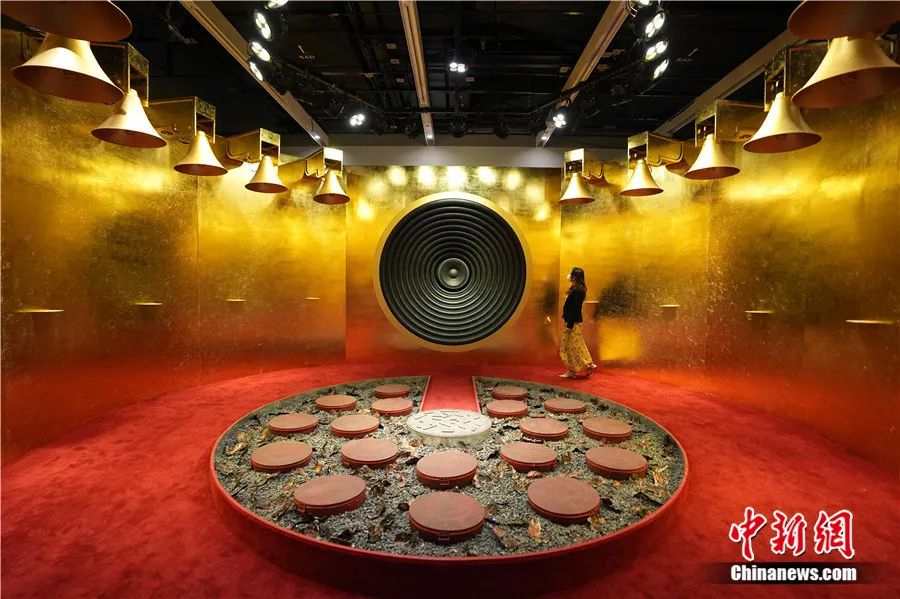
The seventh exhibition hall of the Hong Kong Forbidden City Cultural Museum in the exhibition. Photo by Cui Nan, a reporter from China News Agency
Seven exhibitions are a total of division.
"Forbidden Vientiane: Architecture, Collection and Cultural Heritage" introduced the Forbidden City of the Qing Dynasty through more than 100 Palace Museums. This exhibition is equivalent to the general exhibition hall, and the general format understands the basic history and cultural context of Zi forbidden City. The Forbidden City used to be the place where the emperor's administration and life, so how did a person act in this space? The second exhibition "One Day: The Palace of the Qing Dynasty" is the life of "people".
There are more than 1.86 million pieces of cultural relics in the Palace Museum. What are the cultural values of these cultural relics? The exhibition is introduced through points. For example, the calligraphy and painting exhibition is "the treasure of the country: the Palace Museum, Tibetan, Tang, Song, Yuan Yuan Painting and Calligraphy". When Hong Kong returned to the tenth anniversary of the motherland, the Palace Museum had done the same theme exhibition in Hong Kong. Concrete as an instrument: The Palace Museum treasures ceramics ", showing ceramics as a major invention and contribution to the world as the Chinese, which profoundly changed the lives of people from all over the world; Contemporary design is not a passive water and no wood, many of them are the inheritance of tradition, so we choose cultural relics with design ideas from various categories for display, and there are local designers in Hong Kong to compare and present the cultural relics of the Forbidden City.
"Dragon Yan Fengzi: Portrait of the Emperor of the Qing Dynasty" exhibition, reproduced the process from design, draft to finished product drawing, such as how to repair damage. In "Zuo Zhuan", there is a saying of "the country's major events, worshiping and Rong". This exhibition reflects the traditional filial piety concept of the ancient Chinese "chasing the distance", so that the living people know where to come from, so as to know where to go.
"Gallow the World: Ma Cultural Art" is mainly for the Forbidden City exhibits, as well as some exhibits in the Louvre, comparing the art of the Eastern and Western horse culture. In the painting, there is a "Lion Jade" written by Lang Shining. It is a white horse among the 10 -meter of the Qianlong Emperor BMW. The painting is more than five meters high.
Inner view of the third exhibition hall of the Hong Kong Palace Museum. Photo by Cui Nan, a reporter from China News Agency
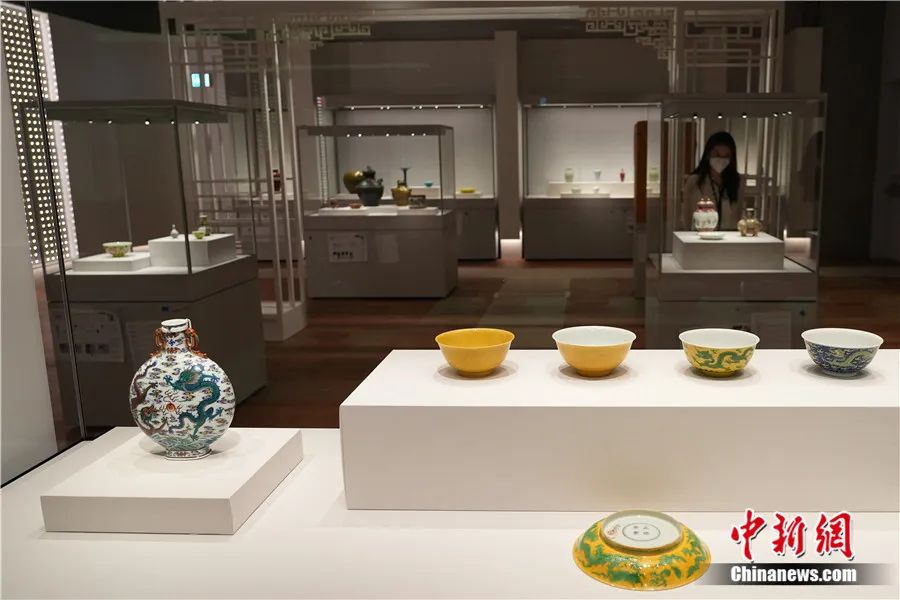
Reporter of China News Agency: How can the two sides communicate with the exhibition of national treasures? What are the objects of borrowing difficulties? How to solve?
Ren Wanping: This exhibition includes 166 first -class cultural relics, accounting for 18%of the total number of exhibits. "The Treasure of the Country: The Painting and Song of the Palace Museum Tibetan, Tang, Song Yuan Painting and Calligraphy" includes 30 classics of calligraphy and painting in the Jin and Tang dynasties, all of which are first -class cultural relics. exhibition.
Many treasure themes of the country. For example, the "The First Walk of the World" "Lanting Preface" of the Saint Wang Xizhi has not seen anyone since the Tang Taizong, but the copy of the copy was closer to the real traces at that time, so the Palace Museum collected the "Lanting" Tang Dynasty. The eight types of ink related to the copy and the later generations are called "Eight Pillars of Lan Ting" in Emperor Qianlong. The Volume of the Map is the only landscape painting in Song Huizong Zhao Yan's surviving works; the same is the same as the green landscape painting. It is not necessary to say more precious.
The Qianlong Qianlong Baiyu Tongyin Lady Tu Shanzi, the jade material used was the corner material, but after the jade worker cleverly created a more artistic crafts, this first -class cultural relic appeared in the design exhibition.
The exhibition not only depends on the level of cultural relics, but also values the fit of the cultural relics and themes. From Beijing to Hong Kong to transport long -distance transportation, we fully considers the protection of cultural relics during the preparation of the exhibition. On the basis of this, we actively promoted the desire of the Hong Kong Forbidden City for the service of the people of Hong Kong.
China News Agency reporter: How does the cultural relics exhibited in Hong Kong rotate?
Ren Wanping: Cultural relic rotation is based on the basic principles of cultural relics protection. Organic cultural relics such as paper or silk calligraphy and calligraphy, the old saying is "paper life for thousands of years, eight hundred silk life", this type is relatively fragile; then it is silk fabrics, such as the emperor's clothing, etc., which are affected by ultraviolet rays and light. These cultural relics will rotate frequently, especially the calligraphy and calligraphy in the "treasure of the country". All exhibits are exhibited in three phases, and silk fabrics are exhibited for three months.
Inorganic cultural relics such as ceramics, glass, enamel, jade, etc. are not greatly affected by the external environment.
The well -known cultural relics such as the white glaze pillow of the Dingyao of the Northern Song Dynasty and the white jade Tongyin Lady of the Qing Dynasty. Everyone likes to be a celebrity exhibit. After exhibiting the needs of Hong Kong people in Hong Kong for a period of time, the Palace Museum will also receive audiences from the country and the world. It is a pity that if they do not see treasures. Therefore, we have adopted the "two -purpose use" in traditional Chinese ideas, and adopted a suitable method according to different situations.
In the Northern Song Dynasty, Dingyao white glaze child pillow. Photo by Cui Nan, a reporter from China News Agency
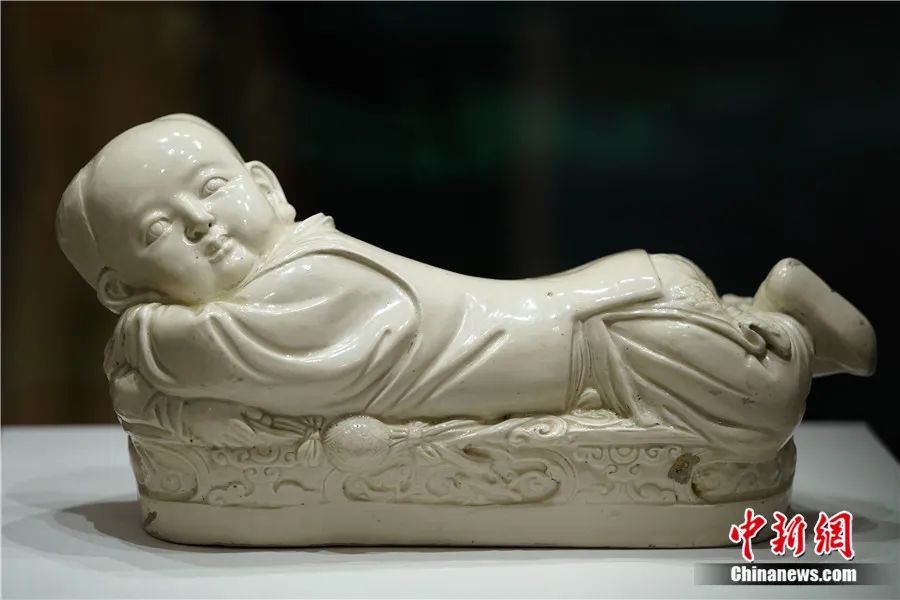
China News Agency reporter: In terms of digital cultural and creative, what kind of resources do the Palace Museum provide?
Ren Wanping: After the opening of the Museum of Cultural Museum of the Hong Kong Palace Museum, the Palace Museum has provided 7 virtual reality programs such as "The Palace of the Forbidden City · Tianzi", "The Hall of Yangxin", "Lingya Xuan" and "Han Xizai Night Banquet". Forms to Hong Kong audiences more intuitively show the ancient building complex of the Forbidden City's cultural heritage and collections.
The Palace Museum also provides three video special programs of "Moon Lang Feng Qing Twilight", "Eight Works", "New Palace New Things", focusing on the protection of cultural heritage of the Forbidden City, so that Hong Kong audiences can learn about the ancient construction and restoration of cultural relics of the Palace Museum and the restoration of cultural relics. Wait for intangible cultural heritage and the latest concepts and achievements of academic research. In addition to the exquisite cultural relics collections in the exhibition hall, audience friends who are still unsatisfactory can continue through the Palace Museum's official website (www.dpm.org.cn), "Digital Palace Museum" applets, and "Palace Museum Products" series of APPs anytime, anywhere.
The "Panorama Forbidden City" allows the audience to leave the house without leaving home. In Hong Kong, you can immerse themselves to experience the magnificent and spectacular and fine work of the Palace Palace architecture. You can also switch different seasons at any time to watch snow scenes and enjoy spring flowers. The "Digital Cultural Relics Library" exhibited more than 83,000 wonderful cultural relics in different categories of different categories in each era. The audience can carefully appreciate the taste of precious calligraphy and painting images in the "Palace Museum's Famous Painting", including "Qingming Shanghe Map", "Thousands of Miles and Mountains", "Qianlong Big Reading Pictures", a total of more than 600 works. The expression of each character in the clearing. The "Daily Forbidden City" app selected a collection of treasures daily, and the "Forbidden City Exhibition" app allowed Hong Kong people to enter the Forbidden City at any time to watch the exhibition.
The cultural relics and collections displayed in each exhibition hall in the Hong Kong Palace Museum. Photo by Cui Nan, a reporter from China News Agency
China News Agency reporter: How will the Forbidden City of the two places in the future link? The opening exhibition is about to meet the people in Hong Kong. What do you have at this moment?
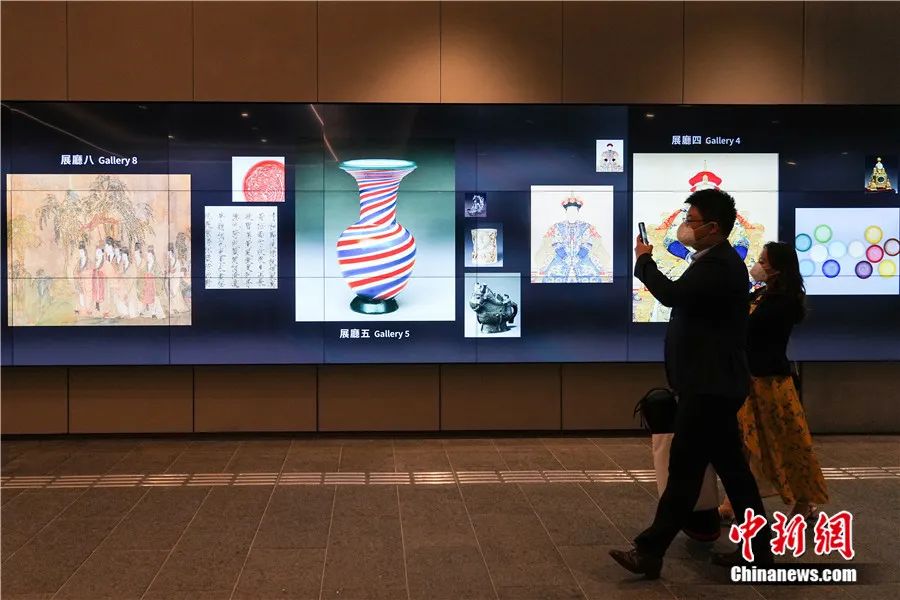
Ren Wanping: After the exhibition runs for a period of time, if Hong Kong audiences have opinions and suggestions, the Hong Kong curative team will further sort out according to these needs, and the Forbidden City will always maintain a good interaction with colleagues in Hong Kong. In the future, the special cultural relics exhibition of the Forbidden City Museum may also be conducted. It may also conduct joint exhibitions to give full play to the advantages of Hong Kong to promote Eastern and Western exchanges. After relevant planning, the cultural relics of the Forbidden City and the Chinese cultural relics of the overseas museums are present. exhibition.
Dean Wang Xudong of the Palace Museum said, "The Hong Kong Palace Museum Cultural Museum is not our branch. On the contrary, the two parties are partnerships, and the collection positioning is added." There are many innovative perspectives in the exhibition of the Forbidden City of Hong Kong. The interpretation of Ma culture reflects the advantages and characteristics of the intersection of Chinese and Western culture in Hong Kong. The Palace Museum cooperates with the China Cultural Research Institute in Hong Kong to launch a variety of cultural lectures and teaching resources "Our Forbidden City". Experts of the Forbidden City have contributed to the "splendid Chinese civilization" website of the Institute and opened the prelude to the "Our Palace Museum" series of activities.
The cooperation between the Palace Museum and the Hong Kong Palace Museum in Beijing is a win -win situation. During the cooperation, the two sides were inspired to each other. For example, Hong Kong young people have active ideas and more creativity. We are relatively rigorous, and they can inspire and collide academic and idealistic.
Next, we will continue to work hard and cooperate sincerely to make the future Forbidden City of Hong Kong better, so that traditional Chinese culture will spread through more diverse and wider channels to nourish the minds of contemporary people. Help Hong Kong people truly understand Chinese excellent traditional culture, enhance cultural self -confidence, and inspire people to create glory.
Introduction to the interviewee:
not

Ren Wanping, currently the vice president of the Palace Museum, and a member of the Academic Committee of the Palace Museum. Former experts of the National Qing History Compilation Project. The State Council commended a highly contributed expert and enjoyed special government allowances. He is also the Secretary -General of the Qing Dynasty Palace History Research Association of the Chinese History Society and the 6th and 7th vice chairman of the China Museum Association. It is mainly engaged in the research of the political system and etiquette and customs of the Qing Dynasty, especially for the Qing Dynasty court etiquette and customs with the characteristics of the Great. In many domestic museums and universities, as well as museums and universities in China, Hong Kong, Macao, Taiwan, and Britain, Germany, Russia, Japan, the United States, Canada and other countries. Planning and presiding over the Palace Museum "Dragon and Phoenix Change -the Emperor's Wedding Celebration Exhibition", "Pu Tian Tong Celebrates -the Qing Dynasty Wanshou Grand Ceremony", "New Year's Eve -Grand New Year in the Forbidden City" Six hundred years "" A number of thematic and comprehensive exhibitions. Published a number of books and dozens of papers.
Text Editor: Cui Bailu
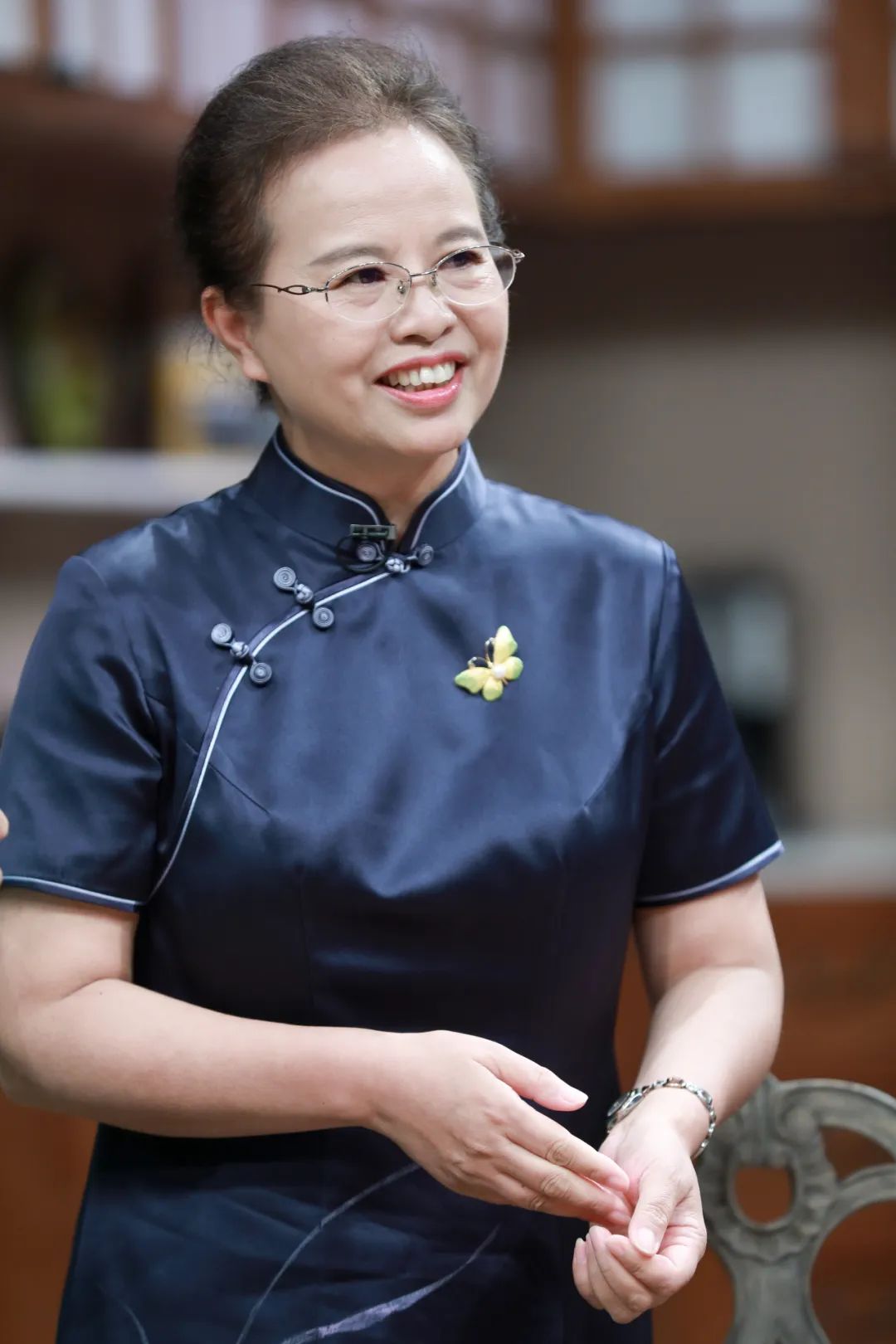
Picture Edit: Xiong Ran
- END -
Yongchang: The flowing museum enters the campus to make the cultural "live"

In order to further enrich students 'extra -curricular life and develop the studen...
How can a policy become "the top flow of the circle"?

Zhejiang publicity WeChat public accountNot long ago, a cultural industrial policy...